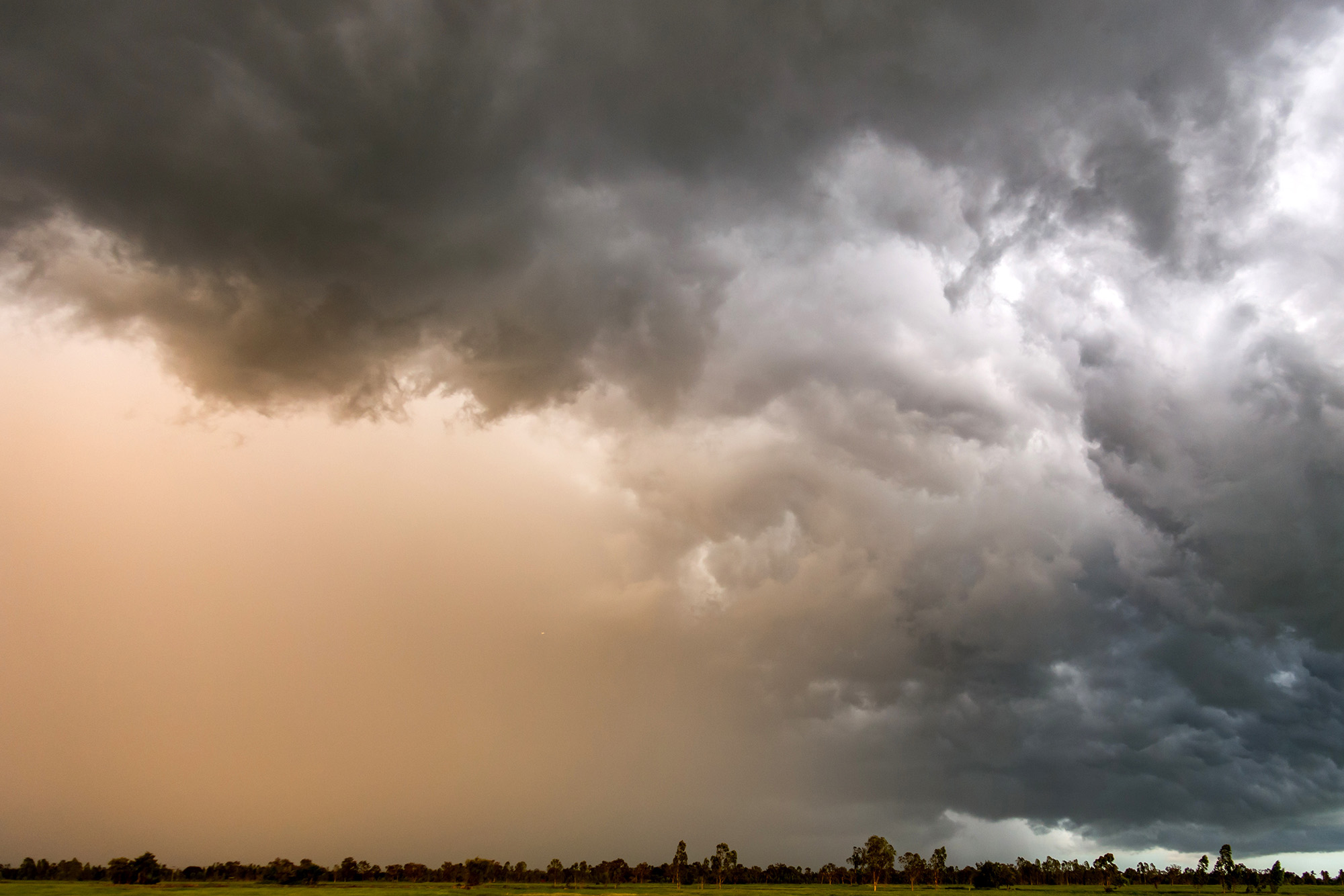Employers Expand Family Benefits Amid Reproductive Health Concerns
Recent surveys indicate heightened anxiety among many U.S. employees planning to conceive or adopt children. This follows the 2024 election results and ongoing legal developments regarding reproductive rights. Over half of respondents want their employers to publicly support continued access to comprehensive family planning services.










